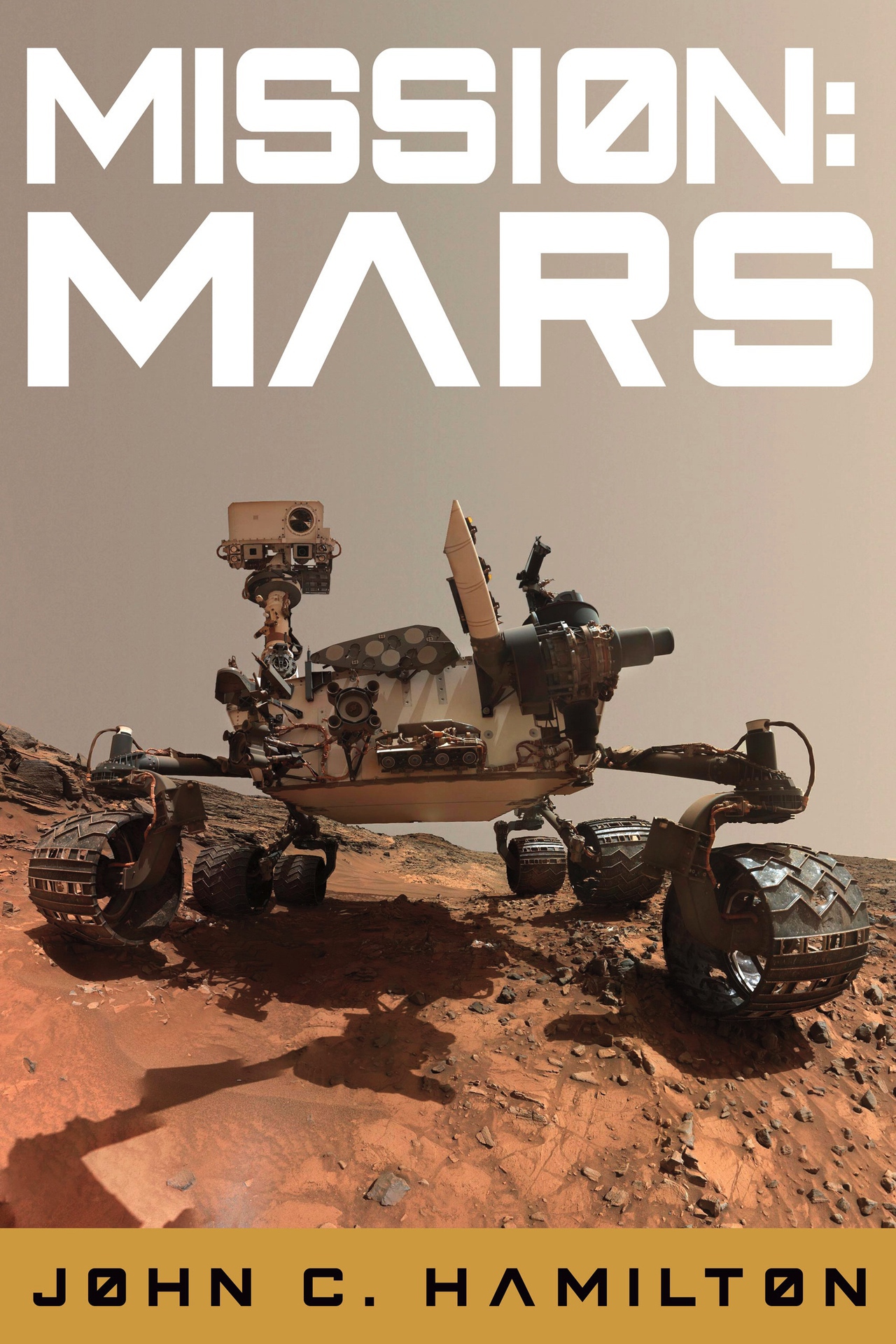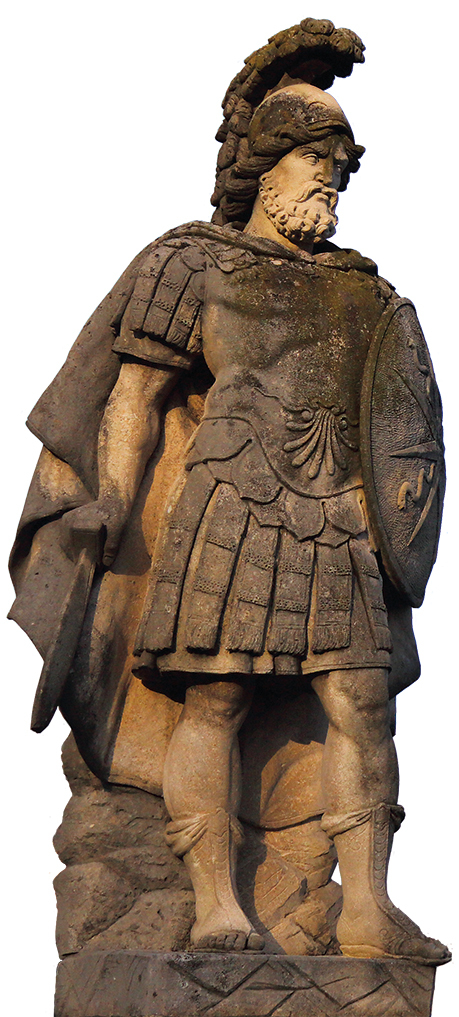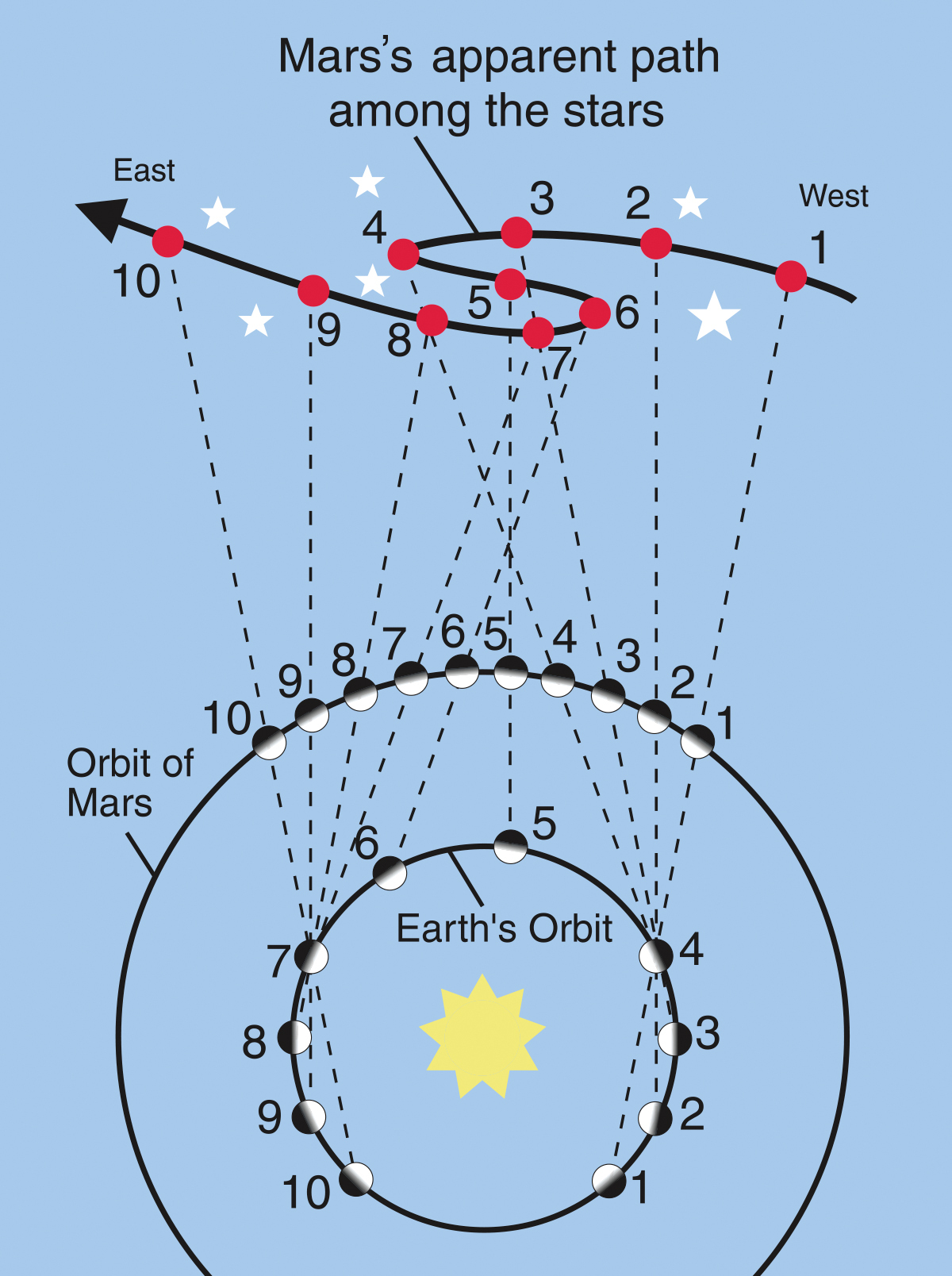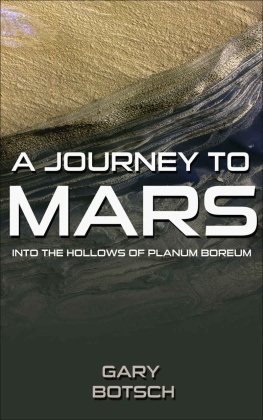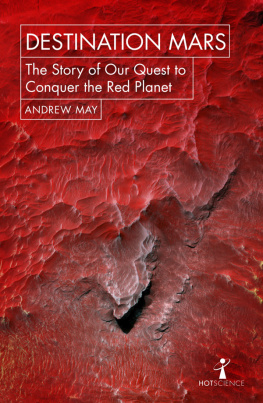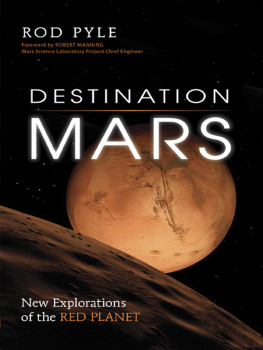Mission: Mars
The Thrilling History of the Red Planet
John C. Hamilton
Contents
Mars Myths and Legends
For much of our history, the planet Mars has represented death and chaos. To the ancient Greeks and Romans, Mars was the god of war, the destroyer. People in early civilizations all over the world looked skyward to that rust-colored point in the sky and trembled. What is it about Mars that frightened them? Even today, when space invaders are mentioned, we think of Martians. Invaders from Pluto or Venus just dont seem to terrify us as much. But mention Martians, and you stop a moment, eyes widening maybe just a bit, before you chuckle nervously and move on.
Maybe its because Mars appears so similar to our own Earth. Both planets have polar ice caps, seasons, and a 24-hour day. Its natural to think there might be some sort of life on Mars. Yet, ancient civilizations knew none of thisto them, Mars was a red-colored point of light in the sky. Why were they so scared?
Mars is part of our culture, our mythology. It has been for thousands of years. Today, in our scientific world, we think everything can be explained. If theres a mystery, we experiment. We analyze the contents of a test tube or peer through a powerful telescope until the problem is solved. But it wasnt always so.
Before the age of science, people still searched for answers to the riddles of nature and human behavior. They turned to myths. The Latin origin of the word myth is mythos , a story. Myths give life to societys hopes, dreams, and fears.
Even today, in our scientific society, myths are everywhere. Theyre often hidden. In The Power of Myth , author Joseph Campbell said mythology is the song of the universe. Myths help us understand characterscalled archetypessuch as heroes, villains, shapeshifters, and tricksters.
But what about Mars? How did the Mars myth come to symbolize death and destruction? Why is Mars so frightening? The explanation is there for everyone to see. Go outside on a clear night and gaze upwards. The answer is in the stars.
Chapter 2
Tracing the Stars and Planets
Thousands of years ago, astronomers observed the stars in an effort to understand our place in the universe. The movement of the heavens was reassuringly predictable. The stars always rose in the east and set in the west, just like the Sun and Moon. Stars were arranged in patterns that resembled creatures and objects. We call them constellations today.
The positions of the stars shifted as the seasons changed, but relative to each other, the patterns stayed the same. Sometimes strange lights would flash across the horizon (meteorites), or bright balls with eerie glowing tails hung in the sky for many nights (comets). But these events came and went. Always, the stars remained.
The Greek words meaning law of the stars gave us the word astronomy. With the right record keeping, the sky can be used like a calendar. By tracking the predictable star patterns, early astronomers helped people choose the best time to plant and harvest crops, or decide when seasonal herds of animals would pass through their lands. In fact, every advanced civilization of the past, from China to Central America, developed some sort of astronomical knowledge. Most also had religious beliefs connected to their understanding of the heavens.
Many civilizations invented devices, or built structures, to help their astronomers track the stars. In Egypt, the Great Pyramid of Giza is aligned to the polestar (Polaris, the North Star). Seasons are tracked by the position of the pyramids shadow. A temple built by the ancient Anasazi people in Chaco Canyon, New Mexico, has a window through which a shaft of sunlight enters and covers a special spot on the opposite wall only on June 21, the summer solstice (the longest day of the year). Stonehenge, a circular formation of huge stone slabs in England, was built about 4,500 years ago. It accurately predicted the positions of the Sun and Moon, and the changing seasons.
The Sumerians, the Babylonians, Egyptians, as well as the Mayans and Aztecs of Central America, all developed accurate calendars and almanacs based on the regular movement of the stars. Navigation aids were also invented that relied on predictable star patterns.
This chart shows the retrograde motion of Mars. Because Earth moves faster around the Sun, Mars appears to backtrack (points 4, 5, and 6) before resuming its west-to-east movement through the zodiac.
However, five lights in the night sky acted strangely. Today, we know that these are the five planets that can be seen without a telescope: Mercury, Venus, Mars, Jupiter, and Saturn. To ancient people, these stars wandered through the sky. One night a star might be near the constellation of Scorpius, but a few weeks later shift positions to Sagittarius or Capricornus. (In fact, the word planet comes from the Greek planetes , which means wanderers.) Sometimes, these strange lights even moved backward for a short time, or looped, before continuing their eastward movement through the string of constellations (the zodiac). Astronomers call this backward movement retrograde motion.
Predictable things make us feel safe, like were in control. We grow fearful when an unpredictable event happens. When ancient astronomers saw wandering stars, they were naturally filled with dread. Maybe some sort of disaster was looming. ( Disaster is a Greek word meaning bad star.) Astronomers could track the planets through the night sky, but they couldnt explain their complicated movements.
When there is a gap between our understanding and the way things are, myth fills the space. That is why we gave the planets human traits. It was an attempt to make sense of the unexplainable. The planets became supernaturalthey were gods that lived in the heavens.
There was one planet that troubled astronomers most of all. Its light never flickered like a star, and it glowed an ominous red color. Its movement through the sky was the most erratic of the planets. It was the least predictable, and the most frightening. That planet was Mars, the god of war.
Chapter 3
Mars in Greek and Roman Mythology
About 3,000 years ago, the ancient Greeks believed in many gods. The 12 Olympians were the most powerful. They were the controllers of natural forces such as the wind, the oceans, and earthquakes. The five known planets were each named after different gods, depending on how they moved in the heavens. For example, Mercury, having the swiftest path through the zodiac, was named after Hermes, the quick messenger of the gods. Mars was named Ares, the god of war, because of its unpredictable, unusual motion. Later, during the ancient Roman period, the planet was called as we know it todayMars.
Much of ancient Greek culture was passed down to modern Western civilization. Like the ancient Greeks, today we value reason and logic, fairness, and a curiosity of the natural world. The opposite of the Greek ideal is warfighting, murder, and disorder. Mars the planet represented all these bad traits as Ares, the god of war.

